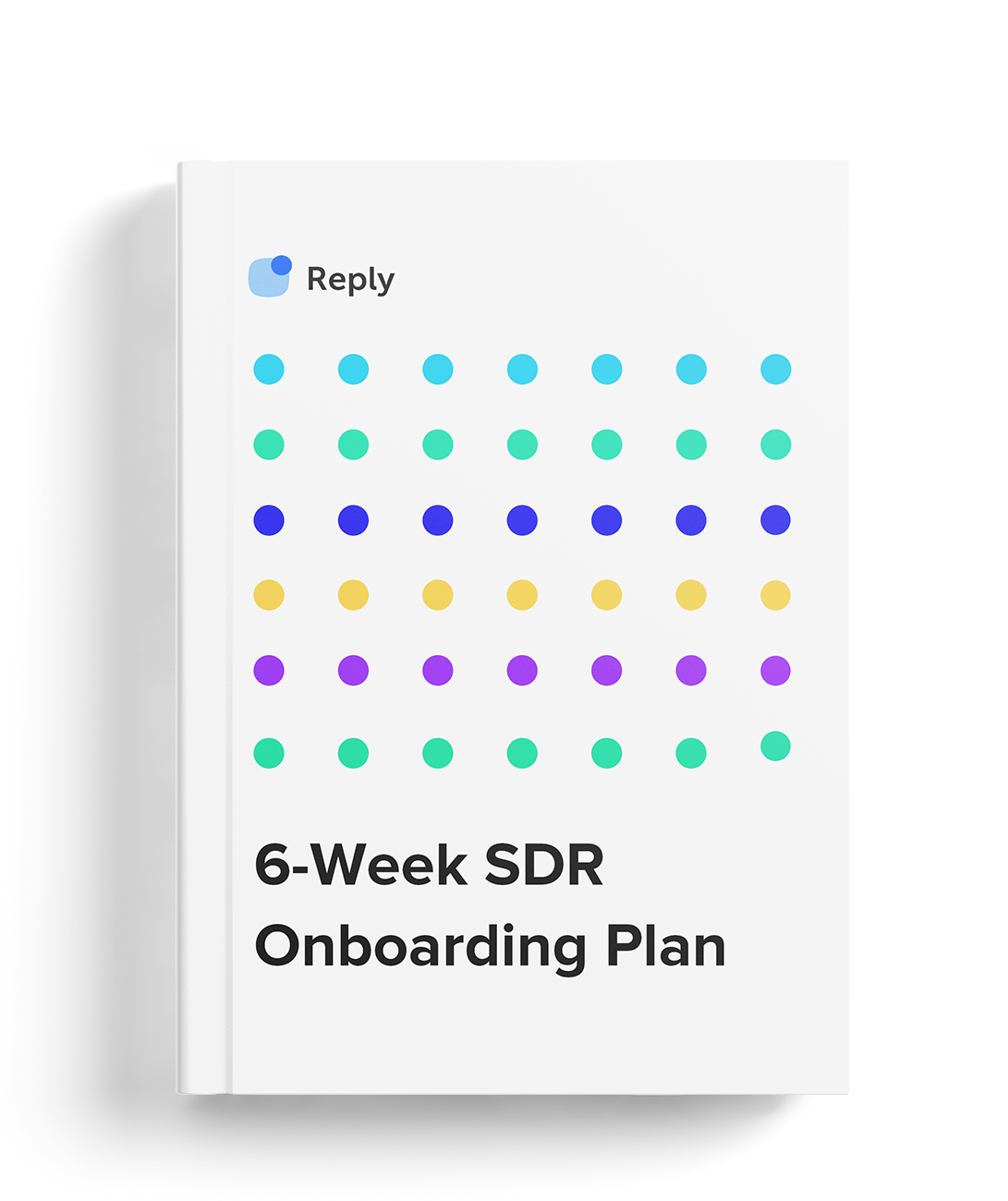Did you know that sales is one of the careers with the highest burnout rate? What’s the main reason behind the burnout? Most salespeople end up losing motivation. Usually, this is because they’re either not productive enough or not achieving good results in their roles.
When you’re not getting the results you want, the natural reaction is to work harder—make more calls, send more emails, knock on more doors—but that will likely just lead to more bad results. You can’t just do more of the same thing and hope better results will just magically appear.
I’m a big fan of working “smarter” and not “harder.” The key to working smarter and getting more things done? Increasing your sales productivity!
I know that’s harder than it sounds, so I’ve put together a quick guide for you on the must-have tips for improving your sale team’s productivity.
Prospect more effectively
Prospecting is an area where quality is definitely more important than quantity. If you’re hunting down weak prospects, then you’re simply wasting time trying to catch dead leads who will most likely never become customers.
When it comes to designing your sales strategy, it’s important to define who qualifies as a lead, from both a marketing and sales perspective. Sure, you might feel productive sending out 50 cold emails a day, but if 40 of those don’t fit the criteria, then what’s the point?
For example, if you’re reaching out to companies that aren’t a good fit for your company’s product, then you’re wasting time. Ultimately, you want to be contacting leads who would benefit from your product and would be willing to pay for that benefit.
The goal here is to always have a list of qualified leads that fit your company’s buyer persona. Take some time to narrow down the ideal customer profile with your sales team, so that you don’t waste time prospecting to the wrong crowd.
But how do you come up with a meaningful profile? How do you work out who your ideal customer is?
Whatever you do, resist the urge to base your buyer persona off what you imagine them to be. Coming up with your personas is not a brainstorming activity. When we interviewed the experts on buyer persona mistakes, a common theme was people making them up, viewing it as a creative exercise rather than a research one. Your personas should be based on hard data.
If you’re an established company, you should have plenty of existing customers you can analyze. Website visitors can qualify themselves as engaged prospects through following specific calls to action, contact requests or even order page visits, depending on your business.
You can then collect information about prospects through Hubspot forms or behavior segmentation. Alternatively, you can send surveys or arrange interviews with your existing customers, which will give you the necessary information you need to prevent you from losing time on any wasteful leads.
To give you an idea of what goes into an ideal customer profile, we have several different profiles we use at Reply, based on our different users, broken down into:
- Company data – Overall size, sales team size, etc.
- Demographics – Age, education, etc.
- Psychographics – Problem being solved, concerns and objections, etc.
Schedule the time you spend emailing
There’s a place and time for everything, and this includes writing emails or getting on calls. Personally, I like to block out a time slot in my day where I focus exclusively on email. This includes both cold email outreach and responding to emails.
It’s easy to let your inbox dictate your day, with the average person estimated to send/receive a massive 128 emails every single day . If you’re constantly being interrupted by emails and sending replies, you’re never going to have enough time to get any of your work completed before the day ends.
Batching up your replies twice a day is recommended to efficiently get them out of the way and stop any interruptions. Instead of emailing someone back whenever you get a reply, proactively set aside a specific time of day where you’ll be able to work on emails and focus on other work during a different time.
However, thanks to the dopamine hit we get from checking our emails, it can be tricky to keep to such a schedule. If you’re struggling to stay out of your inbox, there are a couple of actions you can take:
Turn off your notifications. Even if you don’t go in and check your email every time your phone pings or the notification pops up on your computer, it’s still a distraction. In turn, those distractions hurt your productivity.
Stop emails coming in. If you’re unable to turn off your notifications or still aren’t able to resist checking your inbox throughout the day, use a free app like Boomerang to ‘pause’ your inbox. By controlling when emails appear in your inbox, you’re more likely to stick to your schedule.
Use sales automation software
Remember we briefly talked about working “smarter?” We live in a modern age where there are tons of good and effective sales automation software available.
With the right sales automation software, you can automate your outreach process, follow-ups, and have all the calls scheduled within one single platform.
On the other hand, individual solutions such as CRMs, communication apps, and route planning apps are all great ways to organize and track the work being done. If you’re looking for ideas, we’ve compiled a comprehensive catalog of the best sales tools available, from lead generation to productivity apps.
Traditional sales teams (or the more budget-conscious) may feel they don’t need these tools. Why spend money on something you can do yourself, not to mention the time needed to set up new software?
However, by implementing automation software in your sales team, it allows them to not only contact more people but also to focus on the personalized hands-on tasks that can’t be easily replicated.
If cost is an issue, there are plenty of sales apps either completely free or with a free tier for limited or low-volume use.
The software you use should help the team organize their workflow, keep track of their data, and sell even more. Using software can also help measure and optimize your team’s performances, making it very important for any sales teams. For example, you can use software to track your team’s progress with clients, leads, time spent spelling, closed deals and so on. Use this gathered data to understand what your team needs to better focus their time on.
Of course, we can’t talk about sales automation software without mentioning Reply. Reply is our very own app that helps sales teams automate their outreach while still keeping it personalized. Yes, I may be biased, but with a 4.6 rating on G2 Crowd and over 2,000 users, we must be doing something right.











